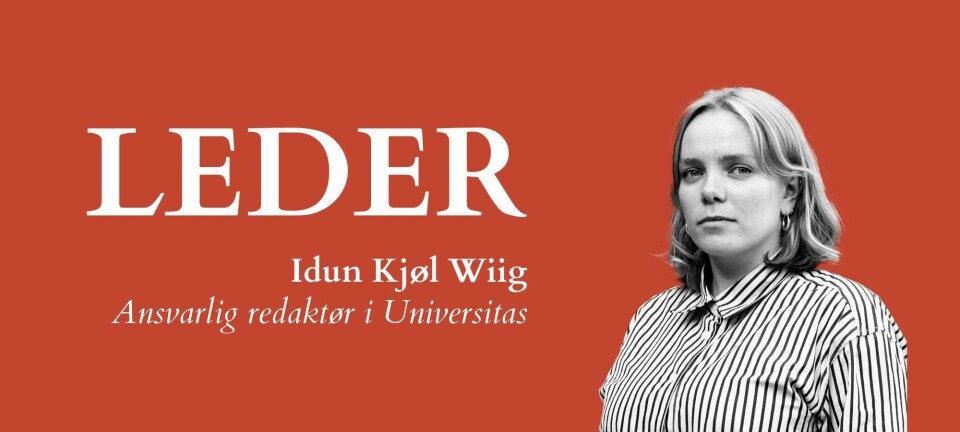
Low publication rates by women
Female researchers at the University of Oslo publish far less scientific articles than their male colleagues.
– The University does think of these numbers in terms of criticism, says Vice-Rector Inga Bostad. In 2005 and 2006 the publication rates by women at the University of Oslo (UiO) were much lower than the publication rates by men. Scientific publications include articles in scientific journals, monographs and anthologies. The difference between the genders is most obvious at level 2, where there is more publication points and prestige. The publication system registers the publication outcome among the scholars and forms the basis for the University’s income.
Questions the system
At the Faculty of Humanities (HF) the production rates for women and men were respectively 0.21 and 0.44 publication points in 2005 and 0.23 and 0.42 in 2006 on level 2. According to Hette Halskov Hansen, Vice-Dean of the Research Training Programme at HF it is the Department of Literature, Area Studies and European Languages (ILOS) that has the most pronounced gender gap on this level – with only seven per cent of all publications in 2006 produced by women. Halskov Hansen is questioning the system.
– Are women not publishing, or are they simply publishing in channels that aren’t included in level 2? she asks.
However, Halskov Hansen does not intend to make any research into the reasons behind the gender gap.
Women less career driven
According to Karen Gammelgaard, head of Research at ILOS, faculty members were asked to report what they wanted to register as level 2 publications a few years ago. She says that men might have been more aware of this process.
– Women tend to focus on other things than their own careers, such as teaching and colleagues. Men are more focused on the end result, she claims.
Gammelgård does not know the reason why her own department is at the bottom of the gender statistic. Halskov Hansen hasn’t got an answer to that either, but she points out that ILOS is a language institute.
– A lot of the research productivity on ILOS is published in foreign research journals, such as Russian or French or Czech, which isn’t always picked up by the system, she explains.

































